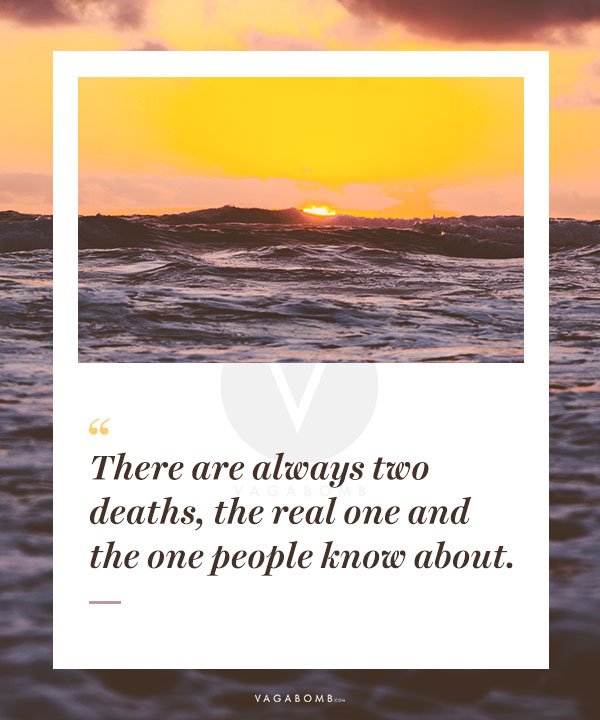
– Laura Fish, The Independent, July 24, 2008

“Certainly, before the phrase was coined, Jean Rhys was a post-colonial writer whose work reminds us that ‘there is always another side, always.'” This is a book that gives voice to neglected, silenced and unacknowledged stories. Wide Sargasso Sea speaks of the history of cruelty and suffering that lies behind some of the West’s accumulated wealth, a history which in Jane Eyre is secret and mysterious, and only appears in brief glimpses. Her psychological disintegration and descent towards madness is a journey which ultimately becomes the mirror opposite to that of the wholesome goodness of the innocent Jane Eyre, as depicted by Brontë. In my own moments of torment, I am often reminded of Antionette’s passionate and haunting story. She explores accounts of tensions between written and oral cultures and, through Antionette’s narrative, urges the reader towards an understanding and acceptance of the mad woman in the attic. “Rhys shows that the movement of the West Indians has not been a progression from colonialism to a racial-political independence, but rather from one form of slavery to another.

And in the present novel, written by an author in her seventies, we at once recognize a tone that is entirely that of our own haunted times.” Wyndham has pointed out that though Jean Rhys’s first book appeared in 1927, the mood of her work was prophetic in that it seems more to belong to the present day. And so lucid yet pictorial is her style, and so revealing her dialogue, the the reader is forced into the nightmare world with which she enfolds him. “Miss Rhys, indeed, has so much the gift of penetrating psychological motivation, and of intertwining her characters with their ominous setting, that the total effect is imaginative, not realistic.

For Miss Rhys, herself a native of Dominica, has evoked the tragic beauty that she sees in the blasted paradise from which she originally came. “The only connection with Jane Eyre is thus that Miss Rhys has appropriated two of its chief characters, and evoked their youth: for otherwise there is no resemblance at all to the art of Charlotte Brontë-indeed, it would be hard to imagine a stye and mood more different.


 0 kommentar(er)
0 kommentar(er)
